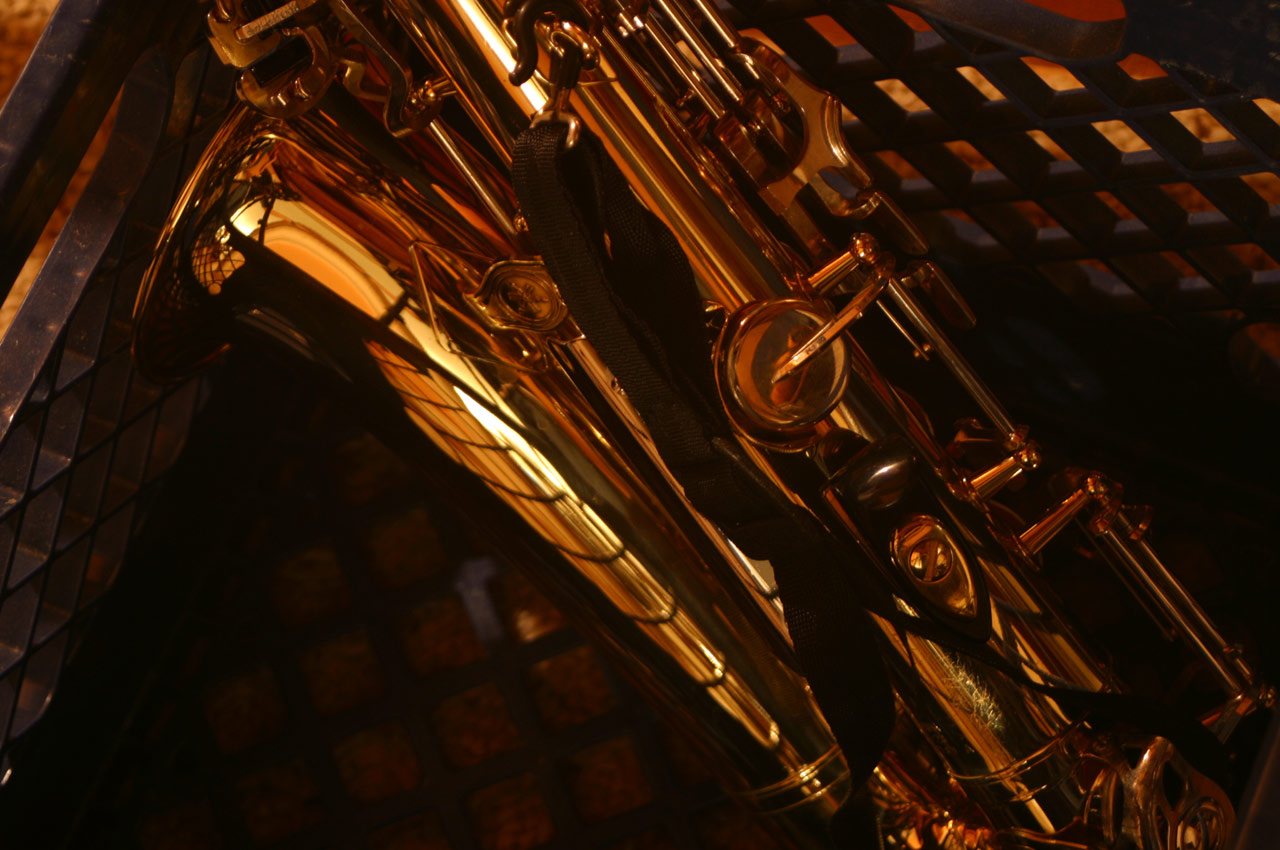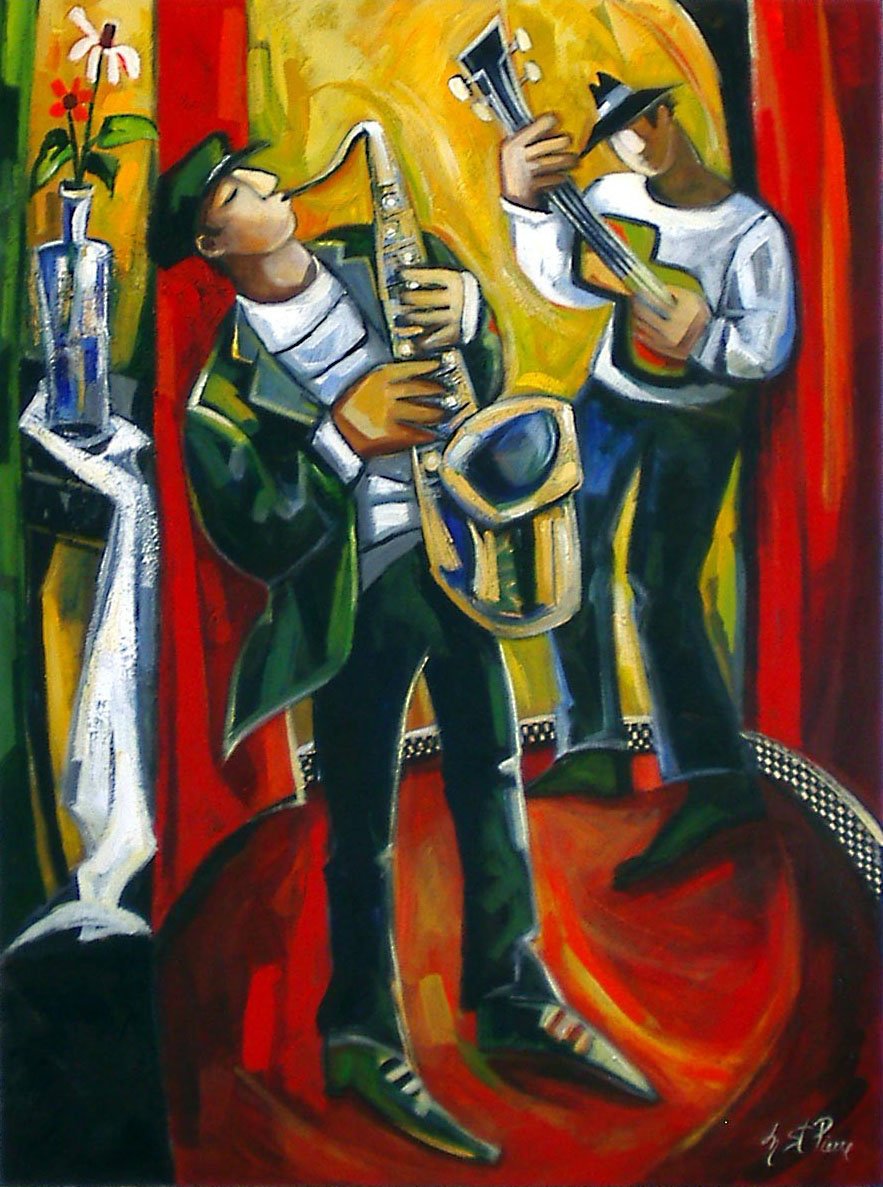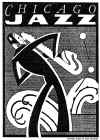
CHANGING FACE OF CHICAGO

Music
Throughout Coast of Chicago Dybek uses specific elements music to create the mood of the city. Music plays an important role in Chopin in Winter and Blight but it is intertwined in some of the other short stories to presever an overall mood of the city.
In Dybek's short story Blight, music represents the coming of age of a group of neighborhood friends. These friends had formed an unsuccesful band and now that they have driver's licenses their focus is elsewhere. One night the car's transmission fell out and the car became pure junk leading them to push it over a bridge. "We stared over the side half expecting to see the Chevy bob back up through the heavy grease of the river and float off in the moonlight. But except for the bubbles on the surface, it was gone. Then i remembered that my sax had been in the trunk" [11]. Similarly to how the boys expected the car to drift off slowly, they too expect the loss of music, and thus their childhood, to slowly drift away. The loss of the saxophone signaled the end of the band and the carefree days of growning up in the neighborhood.
Music was also taken from the lives of the boys in Blight with the changing demographic of the neighborhood. "The neighborhood was mostly Mexican now, with many of the sign over the stores in spanish, but the bars were still called the Edelweiss Tap and the Budweisser Lounge. Deejo and I had lost touch, but I had heard that he'd been drafted. I made the rounds of some of the bars looking for his song on the jukeboxes, but when i couldn't find it even in the Carta Blanca, where nothing else had changed, I gave up" [10]. The neighborhood has shifted from predominately Polish to Hispanic making the boys a stranger in their own neighborhood. There is no longer a place for them or their music in the new community.
Dybek also subtley includes music in other short stories, like Nighthawks. He begins the story by setting the tone with, "The moon, still cooling off from last night, back in the sky - a bulb the insects can't circle. Instead, they teem around a corner streetlight, while down the block air conditioners crank, synchronized with katydids" [9]. Dybek's description of the sounds of the city creates the beat that moves Chicago. The jazzy undertone sets the scene and the mood of the streets for the meeting of two strangers in a bar.
Dybek not only succeeds in giving his readers a sense of the streets, but also a sense of the characters that live in Chicago through music. The character of Marcy in “Chopin in Winter” is believed to have had a love affair with a “colored man” [12] because the first song Diza-Diza hears Marcy play on the piano he calls boogie-woogie. After that one time, Marcy's emotions about her pregnancy, and her position as a single white second generation woman having lost her position at a music university in New York city, is expressed through the music she plays after dinner- mainly Chopin. Chopin's music serves as a metaphor for the pain, struggle, and longing that the adult characters feel, and also serves for why Diza-Diza and the narrator- along with Marcy- get in the trance of the music to sort out their pains and sufferings. Diza-Diza sums up the healing power that the music has when he says to the narrator, “[Marcy's] young but already knows Chopin's secret- a waltz can tell more about the soul than a hymn”[13].

jazzy saxophone



images of Chicago jazz

hoppin' piano